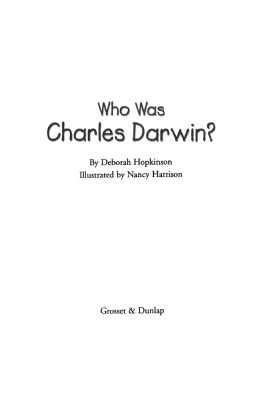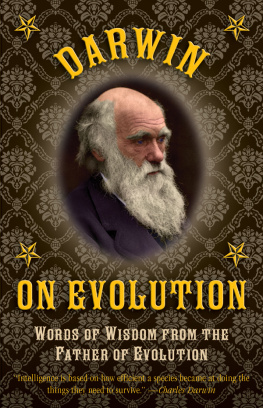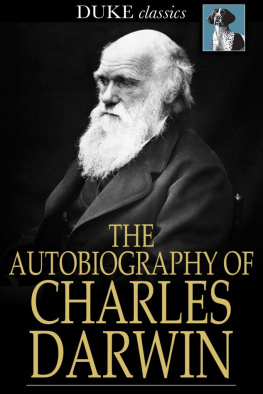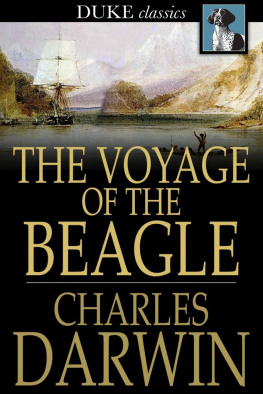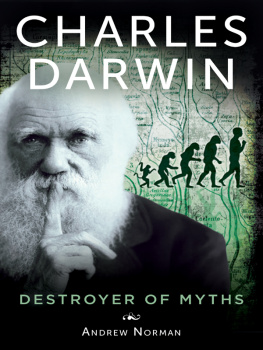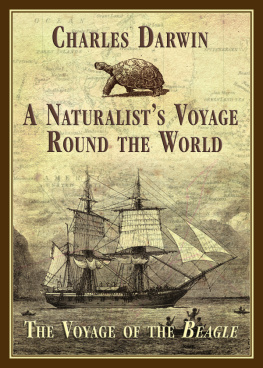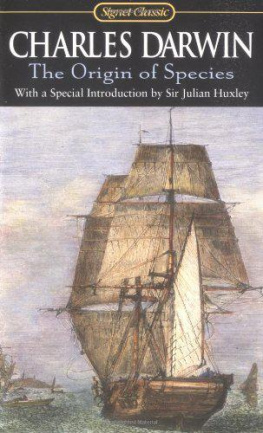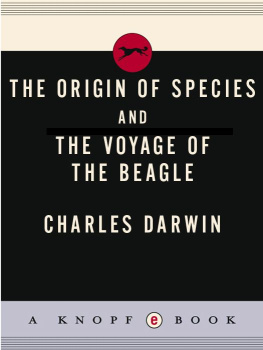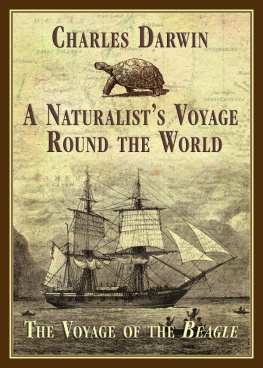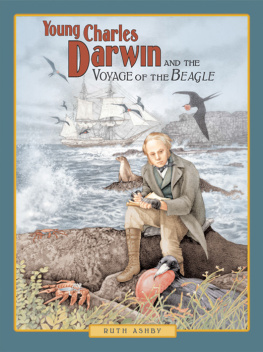

Published in 2022 by The Rosen Publishing Group, Inc.
29 East 21st Street, New York, NY 10010
Published in 2018 by Andre Deutsch, a division of the Carlton Publishing Group.
Design copyright Andre Deutsch Limited 2018. Text copyright John van Wyhe 2008.
All rights reserved. No part of this book may be reproduced in any form without permission in writing from the publisher, except by a reviewer.
Cataloging-in-Publication Data
Names: Van Wyhe, John, 1971-.
Title: Charles Darwin / John Van Wyhe.
Description: New York: Rosen YA, 2022. | Series: Pioneers of science
Identifiers: ISBN 9781499471090 (pbk.) | ISBN 9781499471106 (library bound) | ISBN 9781499471113 (ebook)
Subjects: LCSH: Darwin, Charles, 1809-1882--Juvenile literature. | Naturalists--England--Biography--Juvenile literature.
Classification: LCC QH31.D2 V355 2022 | DDC 576.82092 B--dc23
Manufactured in the United States of America
CPSIA Compliance Information: Batch #CSRYA22.
For Further Information contact Rosen Publishing, New York, New York at 1-800-237-9932.

CONTENTS
INTRODUCTION
Charles Darwin forever transformed our understanding of life on Earth. Darwin is remembered primarily for his theory of evolution by natural selection a great synthesis that has become the unifying bedrock of the life sciences.
D arwin was the first to be able to explain, by purely natural causes, where the different kinds of living things came from and how they become exquisitely adapted to their particular environments. The true story of how evolution by natural selection was uncovered is quite different from that familiar to most people. Darwin did not challenge a world full of young Earth creationists. Even today the most dramatic evidence for evolution are those broad features about geology and biodiversity first uncovered by mostly Christian naturalists before Darwin. By looking at these discoveries as they unfolded, it is possible to make evolution, and Darwins breakthrough, more intelligible. Before Darwin sailed on the Beagle it was almost universally accepted by western naturalists that the world was many millions of years old and that countless eras of life had come and gone in succession. Each era had had its own characteristic forms of life. When a species vanished from the fossil record it never returned again. It was believed that new species were somehow created to suit the new environments in new eras. It was even known that the fossil record was progressive in the oldest rocks there were shells, then fish, then amphibians, then reptiles, and finally mammals. Another major addition to scientific knowledge was that there were a lot more species in the world than previously known. Sometimes fossils seemed to fit in the gaps between living groups. It was found that whole classes of organisms were closely related to one another through chains of similarity. Even more fundamental, it was found that all groups fit as sub-groups within larger ones. Across entire classes of organisms, the same structure appeared to have been based on the same pattern. Similarly, the study of embryos of many species showed striking resemblances during their early development, which were progressively lost as they aged. Living things were also found to have much in common in their chemical composition, while microscopes showed that all living things are made of cells.
Darwin found the naturalistic explanation for the origin of species, that is, where species come from. Like the tiny uplifts from earthquakes that ultimately pushed up the Andes, minute actions were the actual causes that had led to the massive changes of life over time as seen in the fossil record. His unmatched vision allowed him to appreciate simultaneously the minutely small and the almost impossibly vast.
Darwin showed that not only are we ourselves descended from earlier kinds of animals, but that all creatures living and extinct that have ever lived on this Earth were all produced by the same simple processes of reproduction with successful or unsuccessful descendants.
It is unfortunate that today so many people do not understand Darwins work. Explaining the complexities of genes and DNA is not necessary to understand the basic fact of evolution. Tiny natural differences between individual organisms, such as we see between ourselves or our pets, and the fact that offspring resemble parents inexactly, is practically all one needs to understand evolution. The next step is to be able to appreciate how these simple and immediately observable processes, if reiterated long enough, accumulate to produce almost infinite change.
This is not the sort of book normally written by historians of science. And it is not written for historians. This book is an experiment in communicating the history of science, Darwin and evolution to a wider audience.
With its reproductions of original documents and hundreds of contemporary illustrations, this book will help to bring Darwin, the places he visited and the natural phenomena he studied, back to life.
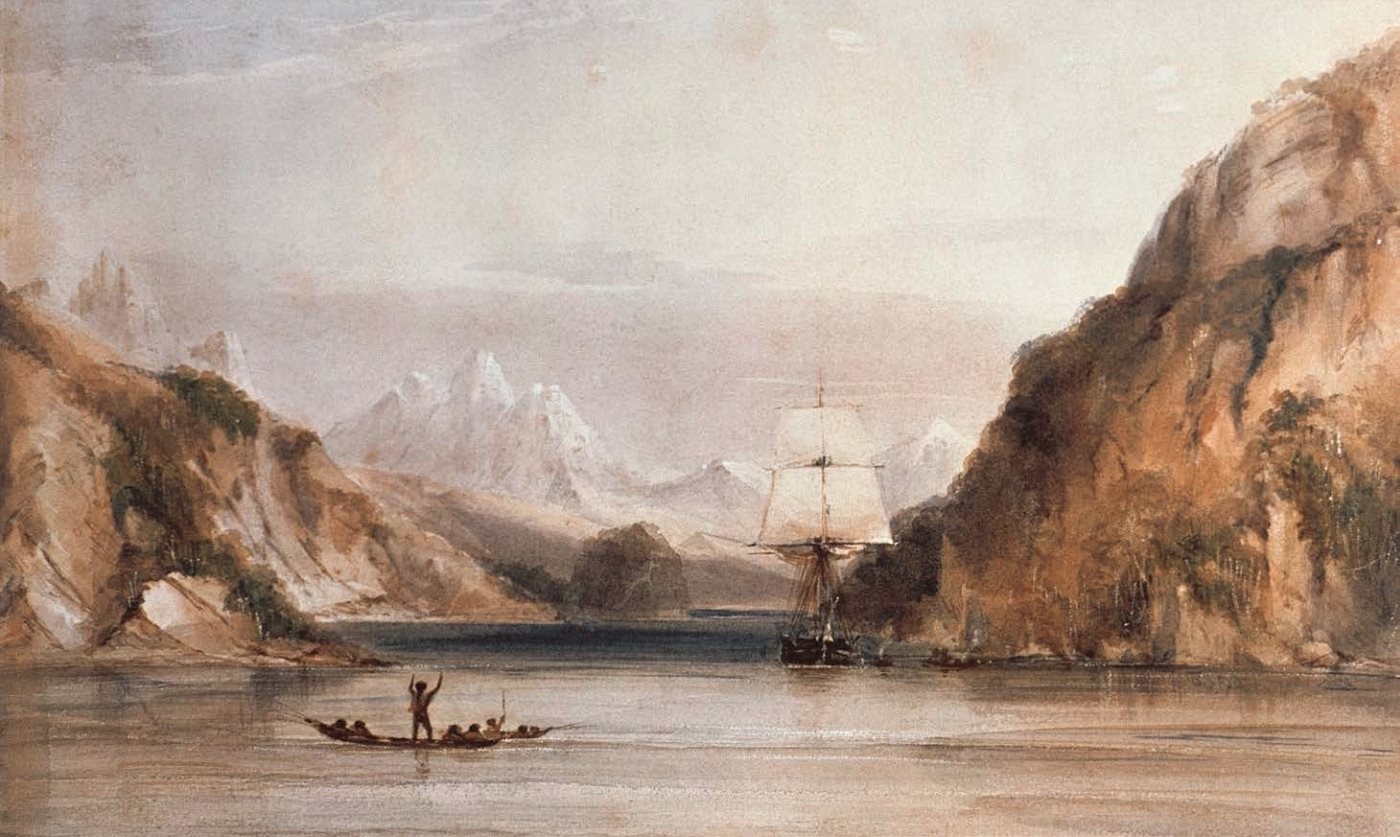
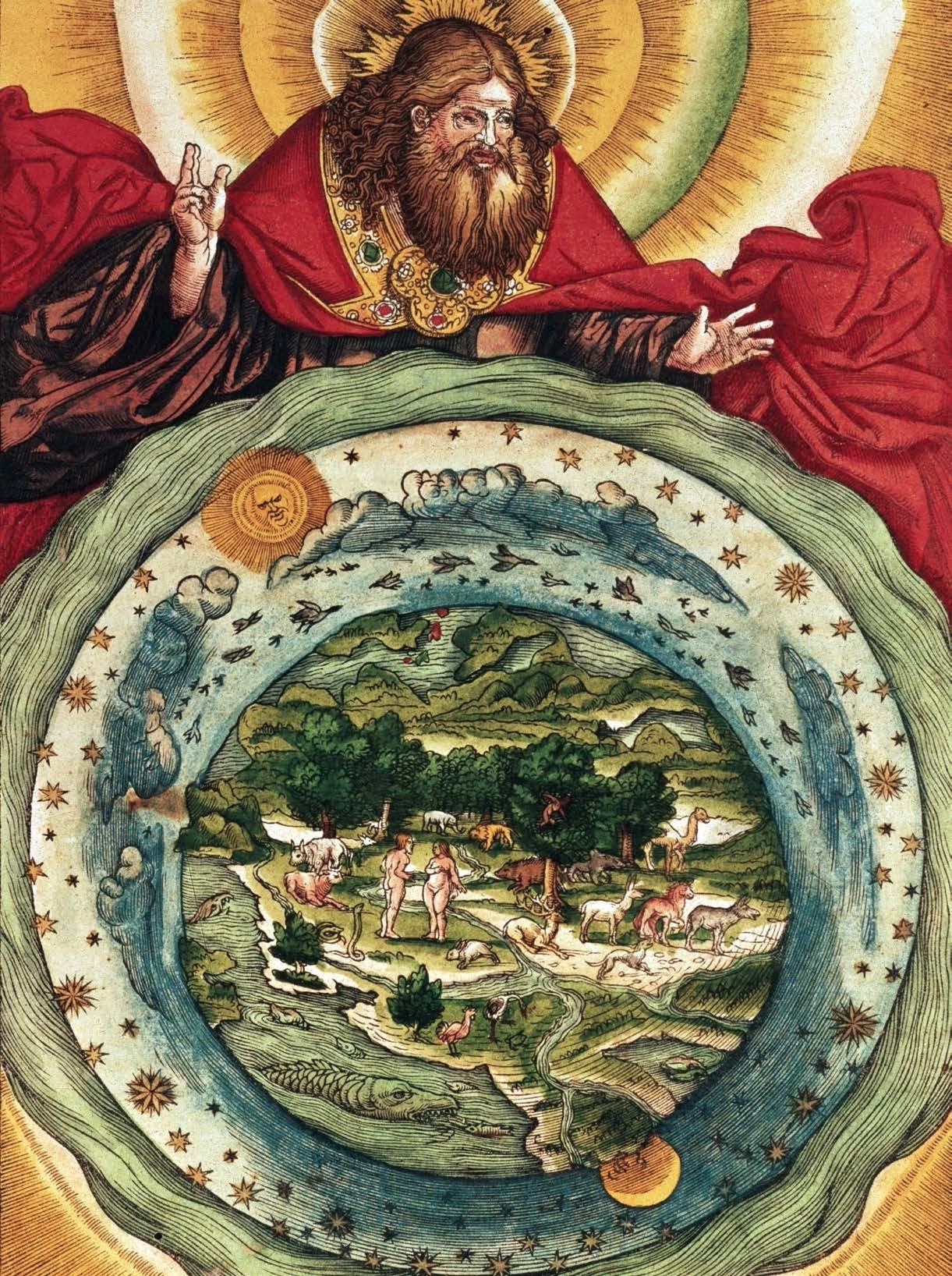
The Creation as depicted in Martin Luthers translation of the Bible, 1534.
THE ABYSS OF TIME
Human beings may always have wondered about the age of the Earth. In 1620, the cleric and scholar James Ussher, using sophisticated biblical scholarship for his time, gave the age of the Earth as about 6,000 years, as he believed it was created in 4004 BC.
O ver the next hundred years, scholars studying the Earth itself generated a mountain of learning, discoveries and controversies. Although most of them were Christian and orthodox, from the continued investigation of the Earths surface, they came to realize that the world was extremely ancient, in the order of millions of years old. While this was a monumental shift in perceptions of the past, scholars of the seventeenth and eighteenth centuries were not on a crusade to undermine the Bible. Instead, they were pursuing their interests in particular sciences, and sometimes devoted enormous effort to reconciling their findings with their belief in Christianity.
In the eighteenth century, the French naturalist Georges Buffon tried to estimate the age of the Earth through experiments. He prepared balls of iron in a graduated set of sizes that were heated almost to melting point and then allowed to cool in a cave. The larger the sphere, the longer it took. Buffon then calculated that it would take a ball the size of the Earth about 75,000 years to cool from a molten state.
Around the same time the geologist James Hutton believed that the Earth was a machine designed by God to sustain life. Hutton was convinced the Earth was locked in an eternal cycle of decay and restoration. Erosion wore down the land and it settled in the oceans to create strata, which were later uplifted by the Earths internal heat engine to make new land.
Hutton was no armchair theorist. He tirelessly trekked across southern Scotland studying how the present surface of the Earth came to be formed. He discovered some rock formations called non-conformities, which demonstrated that the Earths surface had changed over long eras. For example, he found a section of strata that had been tilted until vertical, it had then been sheered off and another layer of horizontal strata was deposited above it. Hutton showed that the rocks revealed a succession of worlds that had come and gone. And with regard to its age, Hutton only quipped we find no vestige of a beginning, no prospect of an end.
Next page

